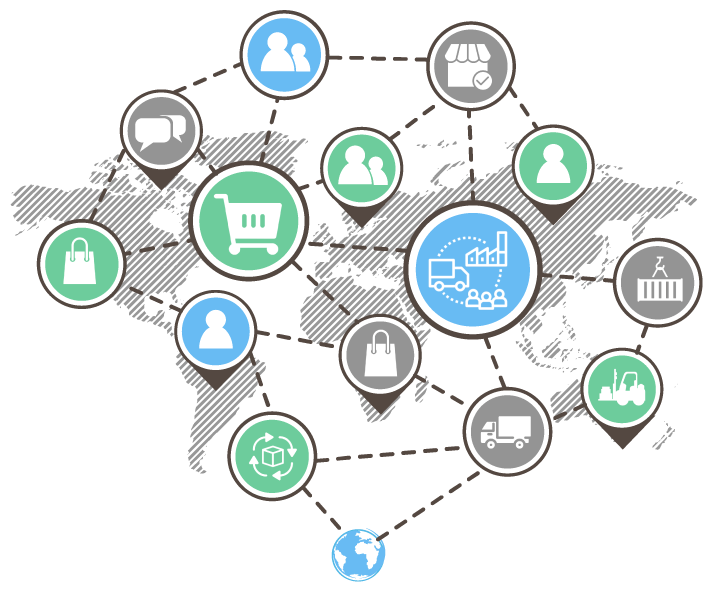Introduction
A graph database is a specialized NoSQL database system based on a topographical network structure. It uses graph structures with nodes, edges, and properties to represent and store data.

In simple words, it is like a map where each thing is represented by a dot, and the lines connecting the dots show how they're related. With a graph database, it's easy to see and understand the relationships between things, just like a map helps us understand the relationships between different places.
How graph and graph database work

A graph database is a kind of NoSQL database. It's a type of database that focuses on storing data as entities and their relations. As an example, if you have a list of friends and their contact information, you can use a graph database to store this data in the form of nodes (pieces of information) and edges (connections between them).
Advantages and Disadvantages of graph database
Disadvantages
Flexibility: Graph databases can easily handle changing or complex relationships between data entities, which is difficult for traditional relational databases.
Scalability: Graph databases can scale horizontally and handle large amounts of data and relationships, making them suitable for big data scenarios.
Performance: Graph databases use index-free adjacency, which allows for fast querying of complex relationships, even with large amounts of data.
Real-time querying: Graph databases support real-time querying, making them suitable for use cases such as fraud detection, recommendation systems, and real-time personalization.
Ease of use: Graph databases have a natural and intuitive data model, which makes it easier for developers to create and maintain data-driven applications.
Strong relationships: Graph databases can efficiently handle and process complex relationships between data entities, which is crucial for applications such as social networks and recommendation systems.
Disadvantages
Limited support for transactional consistency: Some graph databases have limited support for transactional consistency, which can make it difficult to guarantee the integrity of data in a concurrent environment.
High memory usage: Storing large amounts of data and relationships in a graph database can result in high memory usage, which can be a challenge for resource-constrained systems.
Steep learning curve: Graph databases have a unique data model and query language, which can have a steep learning curve for developers who are used to traditional relational databases.
Lack of standardization: The graph database market is still evolving, and there is a lack of standardization in terms of data models, query languages, and APIs.
High cost: Graph databases can be more expensive than traditional relational databases, both in terms of software and hardware costs.
Performance limitations: Graph databases can have performance limitations when dealing with large amounts of data and complex relationships and may require specialized hardware and software for optimal performance.
Graph database
There are numerous graph databases available. The main reason for the popularity of graph databases is their ability to efficiently manage and process complex relationships between data entities. Here are examples of graph databases.
Neo4j: A widely-used open-source graph database.
Amazon Neptune: A fully-managed graph database service provided by Amazon Web Services.
ArangoDB: An open-source multi-model database that supports graph, document, and key-value data models.
OrientDB: An open-source multi-model database that supports graph, document, and key-value data models.
JanusGraph: An open-source graph database that is optimized for large-scale graph processing.

